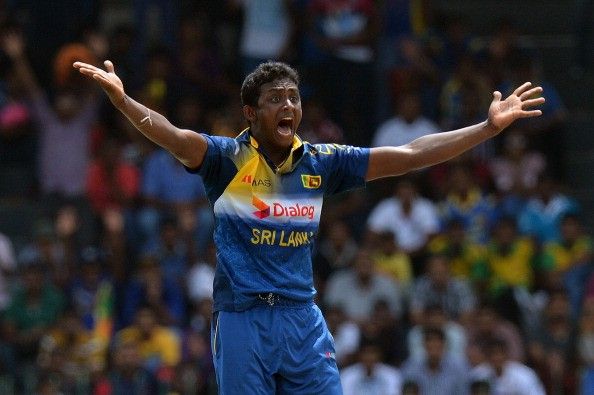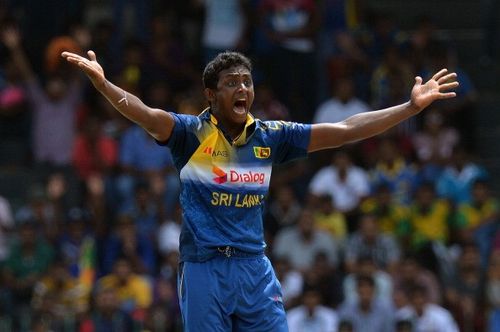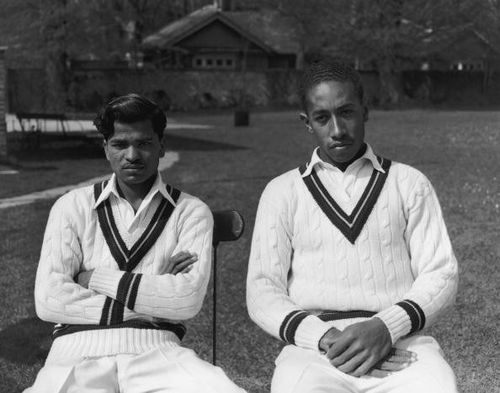
Can the mystery spinners find their mojo again in international cricket?
Batting has been cricket’s glamour queen for a very long time. Fast bowling also hogged the limelight for some time with the rise of the invincible West Indian team. However, spin bowling has always been the perennial nerd in world cricket.
Appreciating a spin bowler takes the same amount of patience as fishing. To read a spinner’s mind, one needs to be endowed with the brain of a grandmaster. In short, spin bowling is a subtle art; a disenthrallment of necromancy.
An orthodox spinner cannot arride the ordinary fans nor can he incite profound palpitations. Spin bowling is a science that only nerds can comprehend. It has always lacked the rock star nature of fast bowling; picking up a wicket through spin might need an hour of scheming and several overs of setting-up.
Coming to the rescue of spin bowling were the mystery spinners, who at last brought the spectators to the edge of the seat every time they bowled. Their actions were bizarre, their grip not seen before in the history of the universe. The direction of spin often wandered into a cloud of confusion, putting Heisenberg’s principle of uncertainty to shame.
However, their decline has been as fast as their rise. They marched into world cricket like a meteoroid entering earth’s atmosphere, then disappeared completely after having fully burnt themselves.
In their short careers most of them shone bright, but failed to sustain their brilliance. Their inability to reinvent themselves clubbed with the cameras that leered at their actions and the analysts who dissected everything about them to the sub-atomic level contributed significantly to their demise.
ICC’s severity on chucking hasn’t helped them either. With Sunil Narine having already been reported, there are no more mystery spinners in world cricket who are effective. But that should stop us from exploring the possibilities of mystery spinners re-emerging into world cricket.
Who are mystery spinners?
Mystery spin cannot be termed as a third form of spin bowling alongside off spin and leg spin, since mystery spinners do not do anything off the pitch that either leg spinners or off spinners cannot. Most mystery spinners often spin the bowl both ways with a quirky action.
Sonny Ramadhin, the first mystery spinner from the West Indies, used his index finger to spin the ball from off to leg and his ring finger to spin the ball from leg to off. Ajantha Mendis, Jack Iverson, John Gleeson and Sunil Narine used their middle finger to flick the ball out of their hand while the direction of the spin depended on the position of their wrist.
However, care must be taken before pigeon-holing Muttiah Muralitharan, Saqlain Mushtaq, Saeed Ajmal or Ravichandran Ashwin as mystery spinners. That's because they were/are all orthodox spinners who had the ability to spin the ball “the other” way too.
Out of these spinners only Muralitharan can come close to the moniker ‘mystery spinner’ since he had a bizarre grip for an off spinner. But unlike the typical mystery spinners he relied more on pace variations, dip, drift and subtle deviations in line and length.
The tales of mystery spinners
Sonny Ramadhin was one of the very first mystery spinners with the ability to spin the ball both ways with very little change in action. But much like other mystery spinners who would succeed him, he faded away once batsmen found a way to work him out.
Jack Iverson made his debut in 1950 and immediately took the world by storm, spinning the ball using a quirky hold of the ball, in contrary to the then prevalent tradition of using either your fingers or the wrist to spin the ball. But an injury saw him draw the curtains on his career abruptly.
John Gleeson, a protégé of the Iverson way of spinning the ball, was tough to pick but was not as effective as the founder of his art. And Ajantha Mendis re-invented the lost craft in the second millennium, but he too like his predecessors faded away with time.

